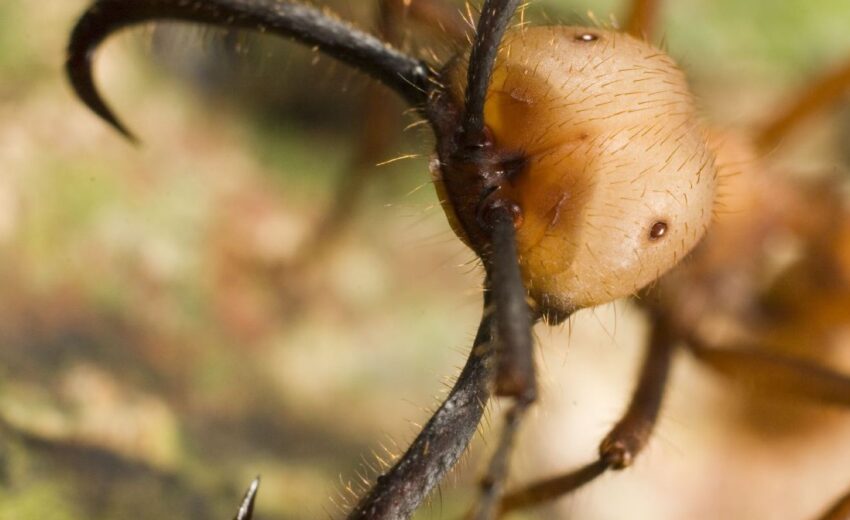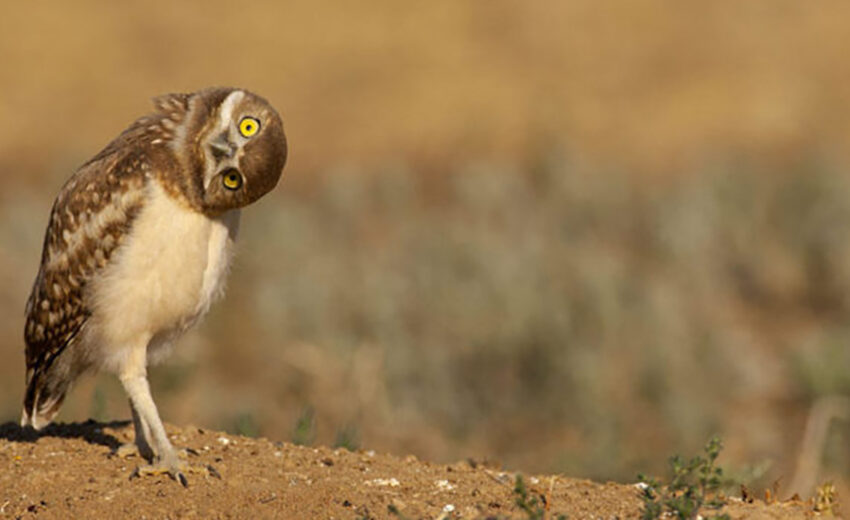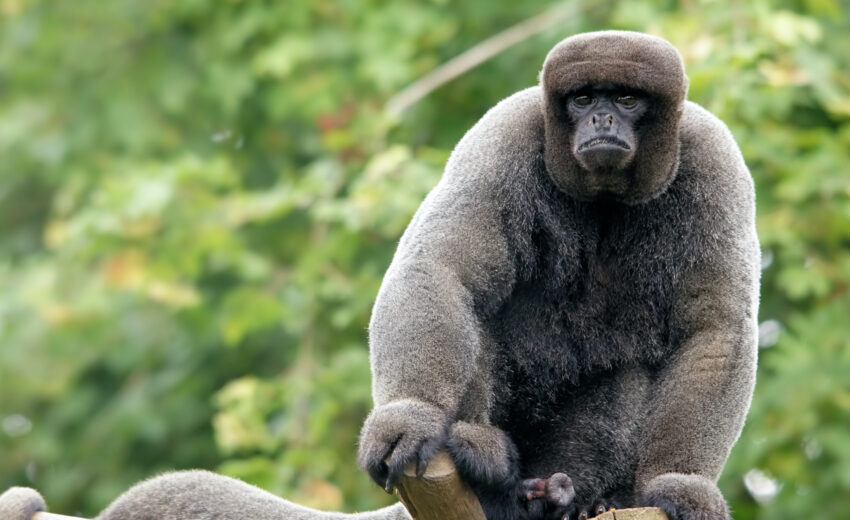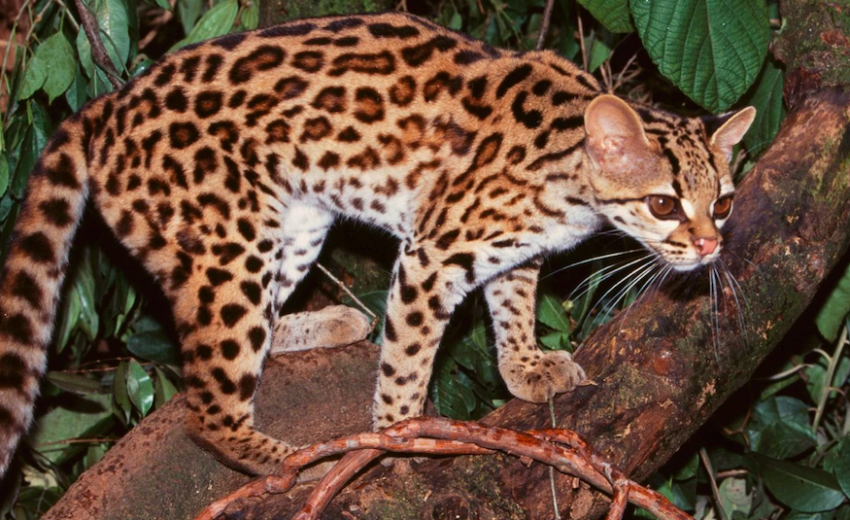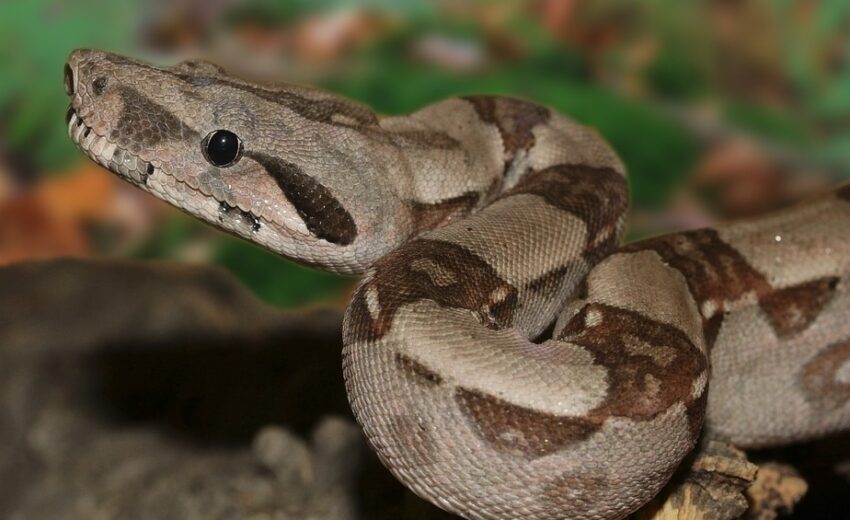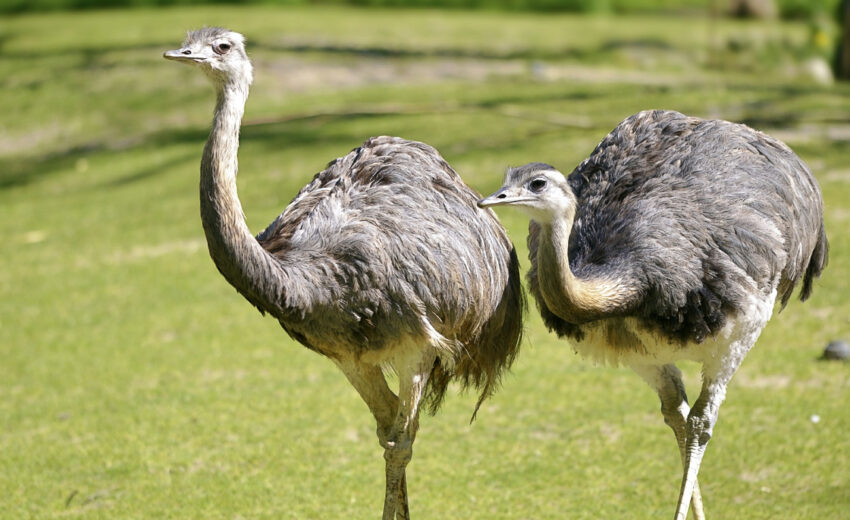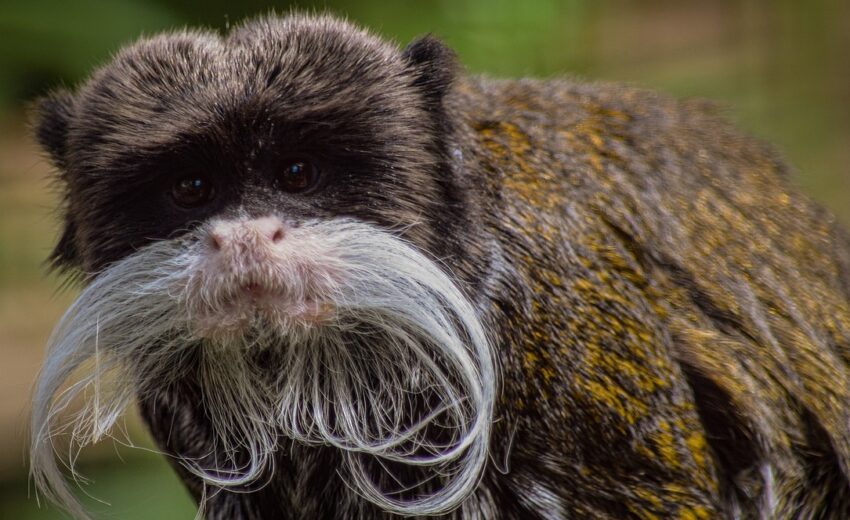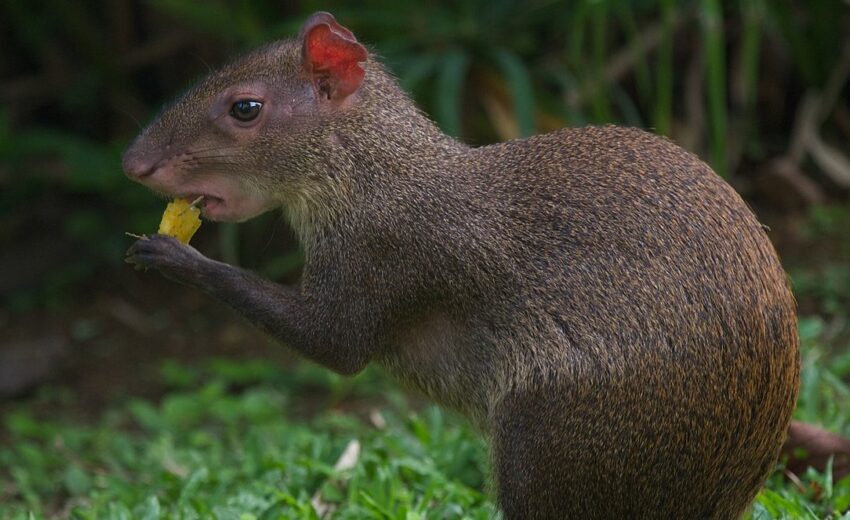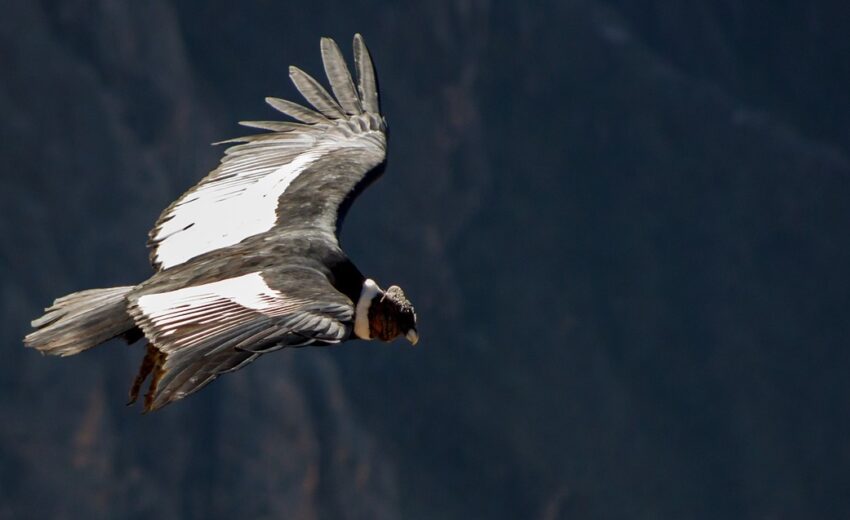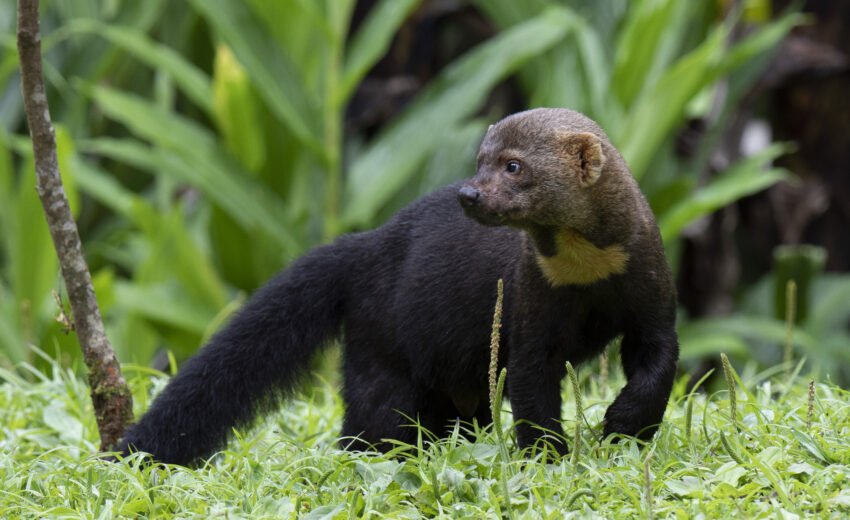These are the classic Amazonian army ants, infamous for massive and defensive swarm raids. Like all army ants, this species is nomadic. They are like little pillaging hordes of bloodthirsty barbarians, with a voracious appetite for nearly anything that stands in their way
- Zoology
- Daily Critter Facts
- For Teachers
- Study Guides
- Diseases & Parasites
- Contact


